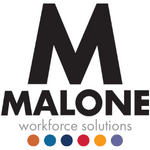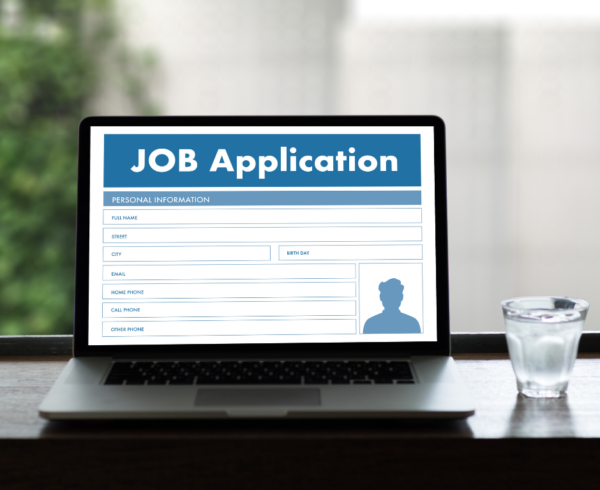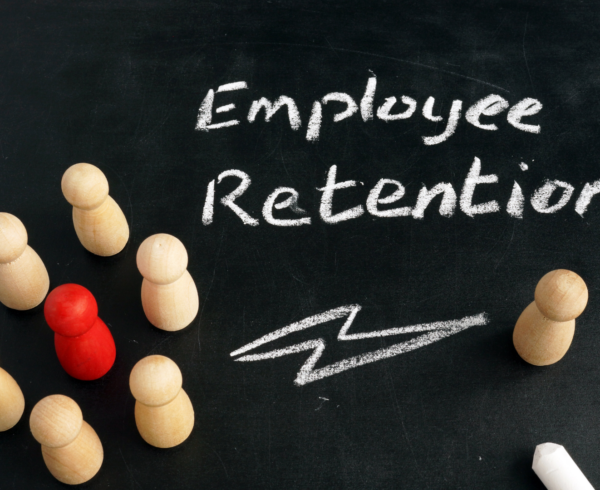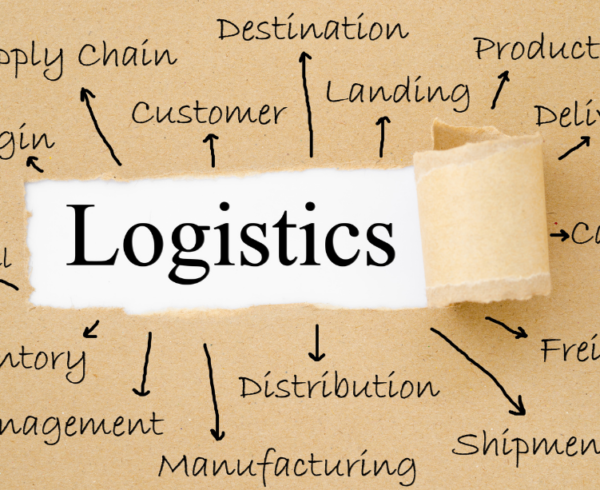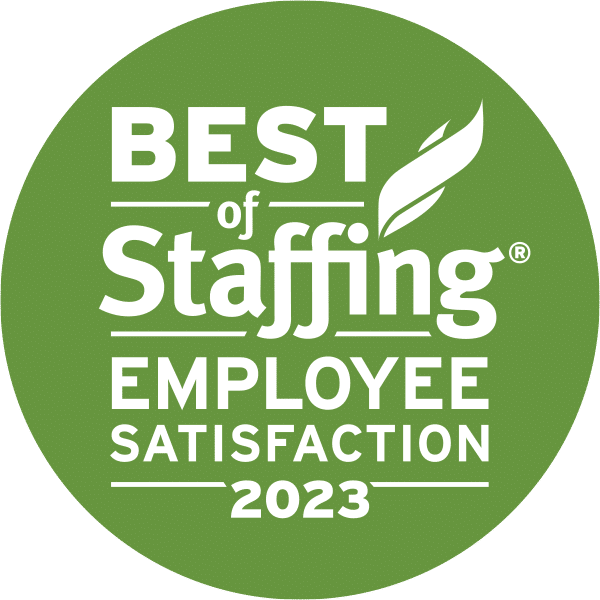As we continue adjusting to life during the COVID-19 pandemic, business recovery remains a constant challenge. Whether your struggle is reopening your business, maintaining a safe workplace, or assessing operations, one indisputable challenge that many business leaders can agree on is – enticing employees to return to work.
The pandemic has not only left many people laid off or furloughed but has also instilled fear of coming to work for many employees across the nation. In an effort to help people financially survive job loss, an executive order was signed, the LWA (Lost Wages Assistance) in September. While the LWA executive order has been a saving grace for families struggling to make ends meet, the unintended consequence is that workers are not only reluctant to return to work, but many are asking to be laid off as a way to receive unemployment benefits and in turn, be able to stay home, protect themselves from the virus, and assist their children with online learning. This has resulted in businesses re-evaluating their benefits packages, incentive programs, and more. If this is a challenge that sounds familiar, here’s 6 ways your business can entice employees to return to work.
1. Increase Hourly Pay
According to Forbes, companies such as Target, Amazon, and Walmart, have implemented hourly pay increases to encourage employees to return to work. These pay raises have increased each of these company’s minimum hourly wage to $15/hour, doubling the federal minimum wage of $7.25.
Not only does your business have to compete with large corporations like Amazon and Walmart for quality employees, you’re now competing against the supplemental unemployment benefits. For example, in Illinois, the maximum weekly unemployment benefits is $667/week. Broken down at an hourly rate, this comes out to $16.68/hour which is higher than Amazon, Target, and Walmart who are leaders when it comes to raising hourly wages.
As a business leader, adaptability and creativity are essential to attracting and managing your workforce. If you’re looking to analyze the current wage trends in your market, partnering with your staffing provider is a great place to start.
2. Bonus and Incentive Programs
Bonus and incentive programs are not only a great way to encourage workers to return to work, but also a good way to show employees that you care. There are a variety of bonuses and incentives you can offer. Here’s a few ideas:
- Return to Work Bonus
This will give employees who have been laid off or furloughed an opportunity to receive a one-time bonus, simply for returning to work. This idea has been a topic of discussion for many companies and was also an idea proposed by the Senate when negotiating a new stimulus bill.
- Sign-on Bonus
A good job opportunity in addition to a generous sign on bonus is a perfect combination to entice a new employee to join your organization.
- Retention Bonus
This is a great way to reward employees for returning to work and staying on the job during crucial business cycles.
- Attendance Bonus
This alternative bonus serves as motivation for employees to reduce avoidable absences once they have reentered the workforce.
If employees know that companies are offering incentives that give them the opportunity to bring in additional income, they are more likely to make the step towards returning to the workforce.
3. Lessened Time to Permanent Hire
If you’re an organization that utilizes temporary or contract employees, now is a great opportunity to consider giving these employees the chance to go full-time. With so many unknowns in today’s world, the opportunity to be a full-time employee rather than spending months as a temporary worker is a game-changing incentive.
Although there are many reason’s an organization might prefer temporary employees, turning them into a full-time hire gives these employees peace-of-mind knowing their position has no definitive end date and their work performance is valued.
4. Flexible Scheduling
According to Global Workplace Analytics, 40% more US employers offer flexible work schedules today, compared to five years prior — and that estimate is from before the onset of COVID-19. This number has inevitably sky-rocketed following the global health crisis and has led even more employers to experiment with flexible schedules for the first time. Here’s a few options to consider to promote flexibility:
- Staggered Shifts:
Staggering shifts will help reduce contact between employees and minimize congestion in the workplace. A simple way of staggering shifts is by creating two different shifts in one workday. For example, half of your employees would work a normal shift of 8am-5pm while the other half work 11am-8pm.
- Flextime:
Flextime allows employees to work their full weekly hours at their discretion. Meaning, work hours can be completed at any point in the week and can be modified based on schedules. This could mean starting and ending early one day and working longer hours the next. This is a great option for working parents who may need to adjust their schedule based on the needs of their children.
- Part-Time Work:
Many employees may be reluctant to return to work because they are unsure if they can continue a full-time work schedule. One reason for the hesitation may be due to children learning at home. Part-time work allows for an easier transition back into the workforce while providing employees the time to effectively manage their households.
5. Childcare Assistance
With so many of the nation’s schools making the transition to online learning, many parents are struggling to find balance. For parents who aren’t working and are assisting their children with virtual learning, reentering the workforce may seem farfetched. A lack of childcare may be what’s holding some parents back from returning to work. Offering childcare assistance or even a childcare reimbursement program, may be the determining factor in whether or not your next great employee is ready to return to work.
6. Enhanced Safety Communication
COVID-19 and safety precautions have become a hot topic amongst employees. In order for your employees to stay healthy, stay informed, and do their part to slow the spread of the virus, consistent communication regarding workplace safety precautions is a must. Be up front and transparent with employees about what your organization is doing to ensure their safety and remember to enable two-way communication. Employees want to feel that their company is approachable and open to hearing concerns, fears and questions – especially in today’s world. This type of transparency will set you apart from other organizations who have not made safety a priority.
7. Recruiting Out of State
Many large companies across the US are downsizing, like Disney who recently announced they were laying off 28,000 employees. Expanding your recruitment marketing efforts to include cities where major layoffs are taking place can provide you workers that are willing to relocate closer to your worksites for employment stability.
This is a great opportunity to work with a national staffing agency that can help promote your company’s brand and job opportunities to a large population of workers looking for employment.
These are difficult times for all of us and asking employees to return to work while there are still so many unknowns is an even greater challenge. There is no rulebook for how a business can survive, let alone thrive under these unusual circumstances. As a business leader, adaptability and creativity are key to finding and keeping the talent needed to move your business forward. Malone Workforce Solutions is here as your consultative partner to help you master your recruiting approach and connect you with the right talent. Contact us today to explore ways we can help.
